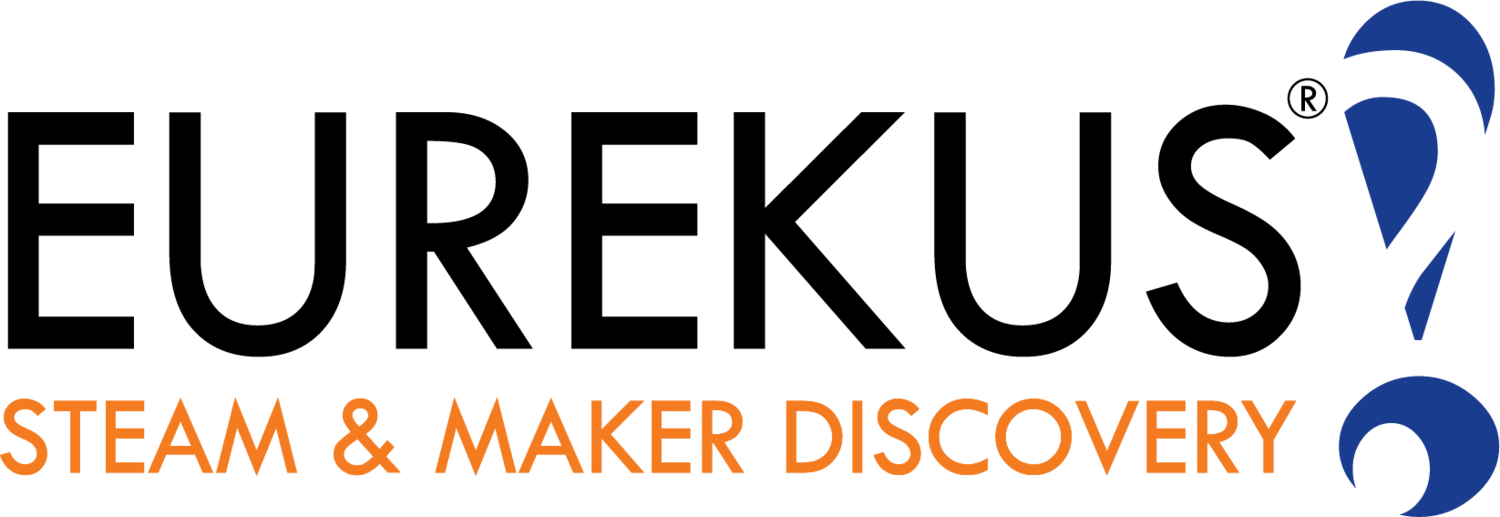TAKE A CLOSER LOOK
Explore Patterns In Nature Through Art
Enjoy this FREE activity designed by Eurekus for the Denver Botanic Gardens. Explore patterns in nature while creating delightful art in any media. Use visual concepts to observe, identify and understand flora & fauna. Take a closer look at the natural world, express your creativity & have tons of fun. Plus, integrate with magnifying glasses or digital microscopes to dive deeper!
-
PreK-12th Grade
Adult Learners
-
1.5 - 3 hours
Depending on how you implement the activity.
-
Botany
Life Science
Visual Art
-
In-class, Hybrid or Online Learning
Explore, Investigate, Create
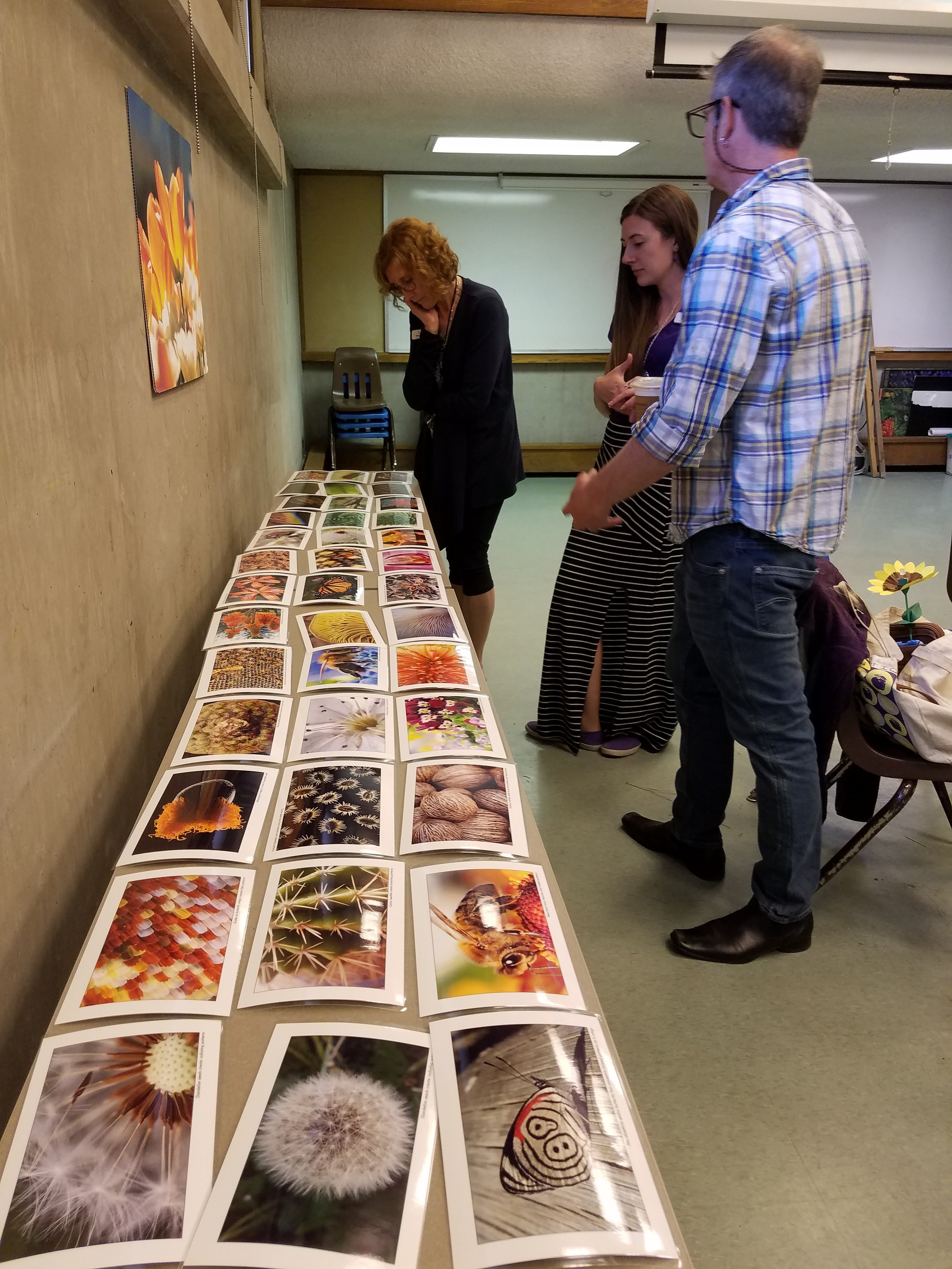
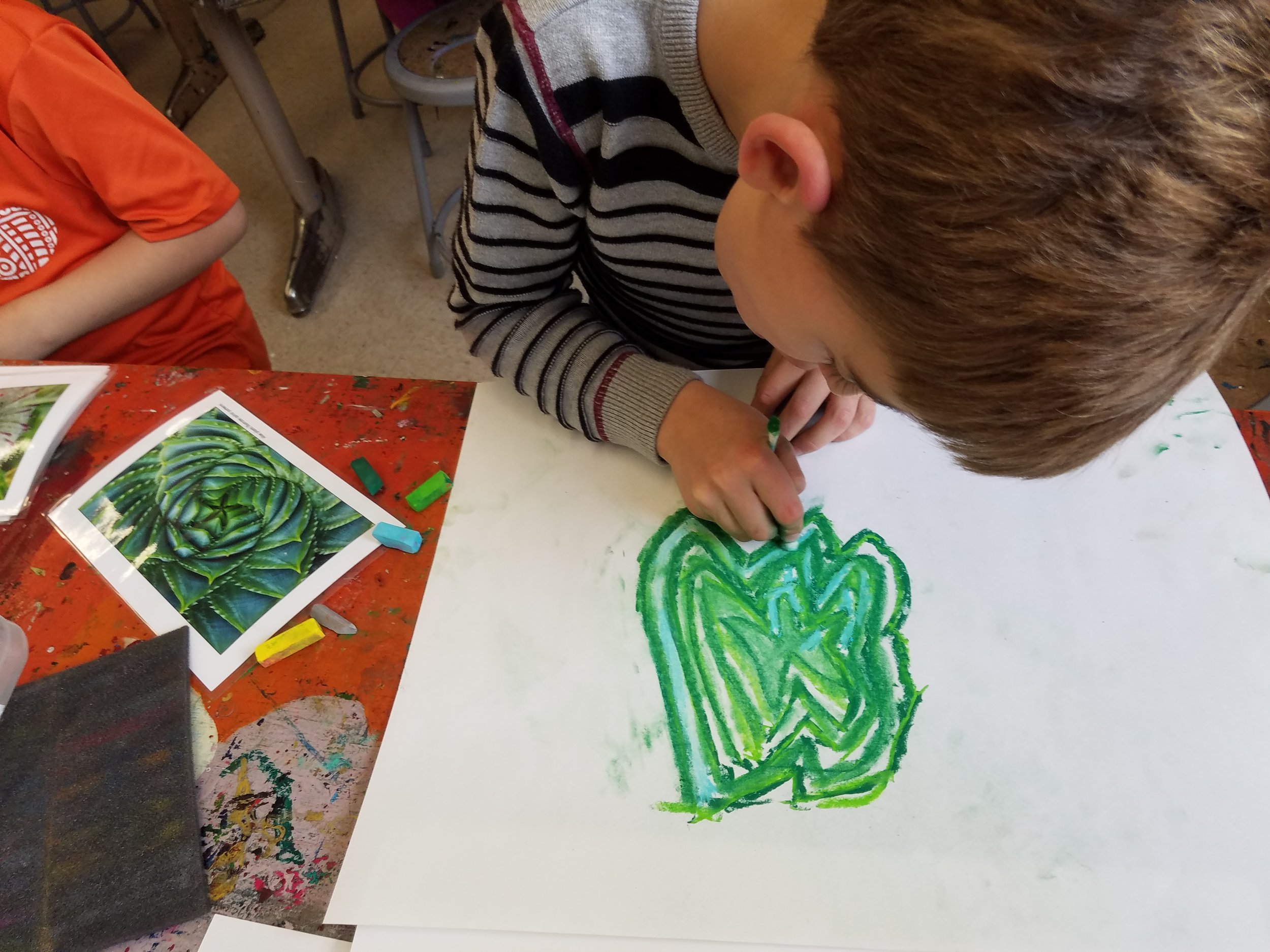
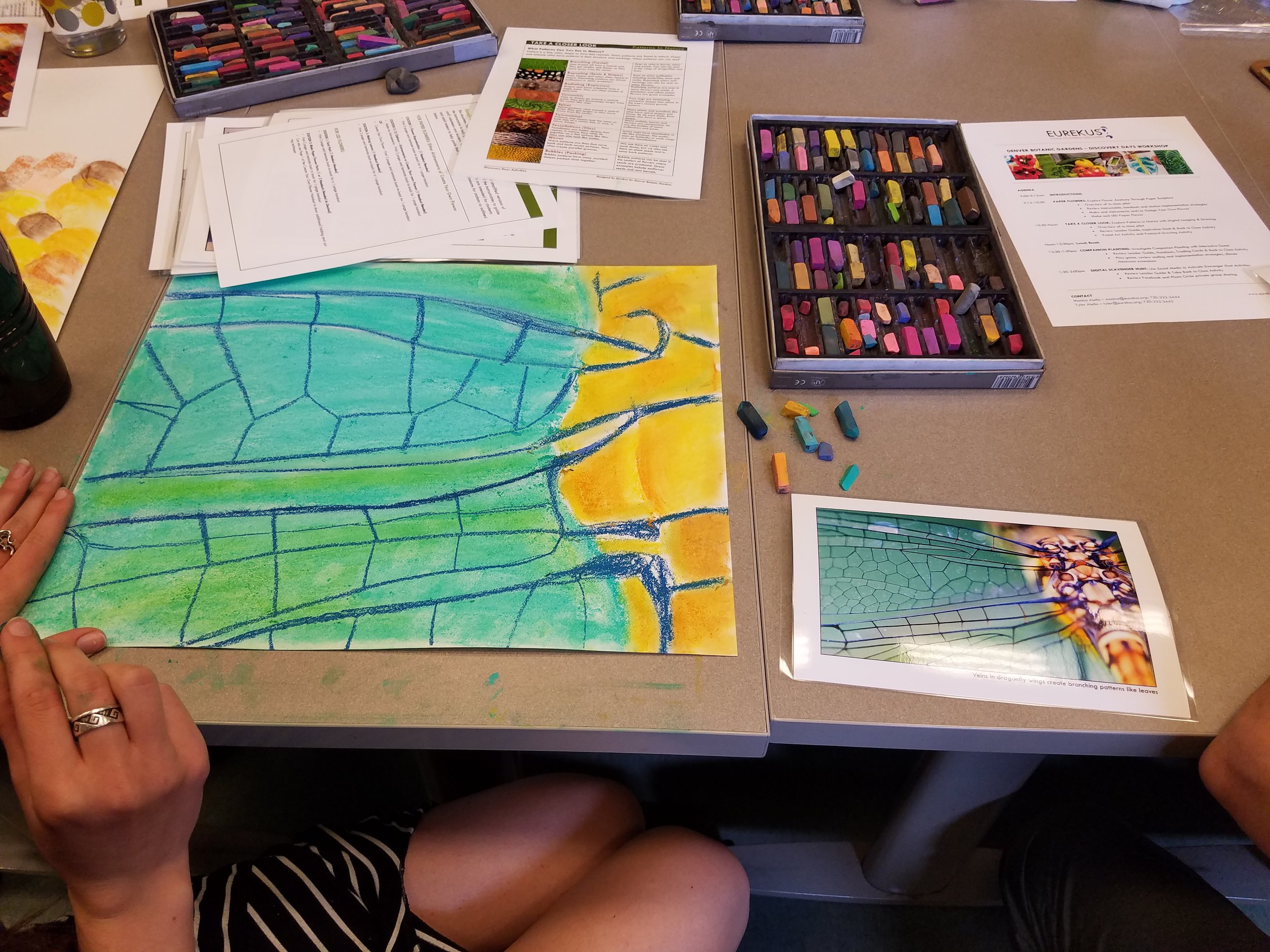
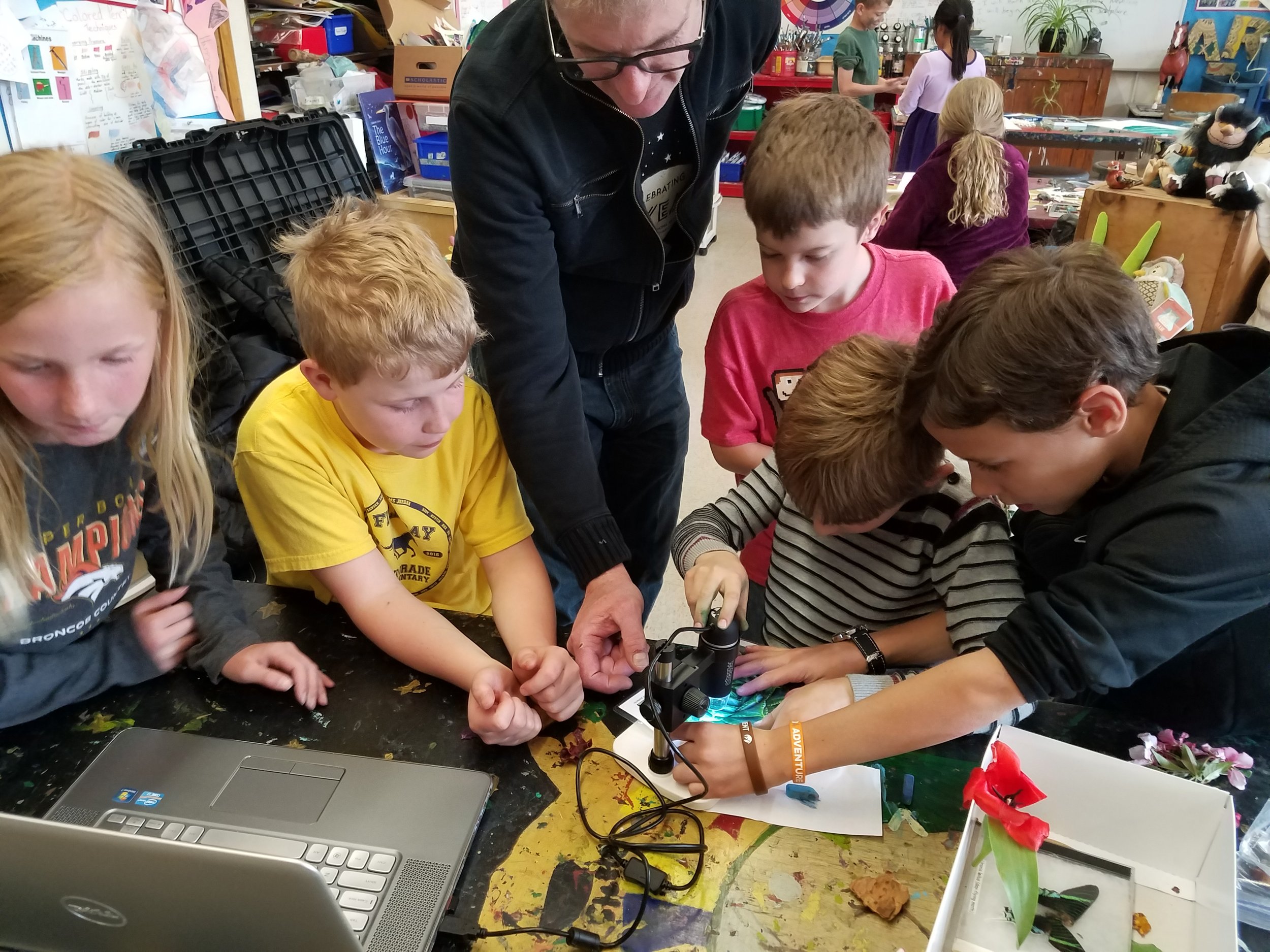
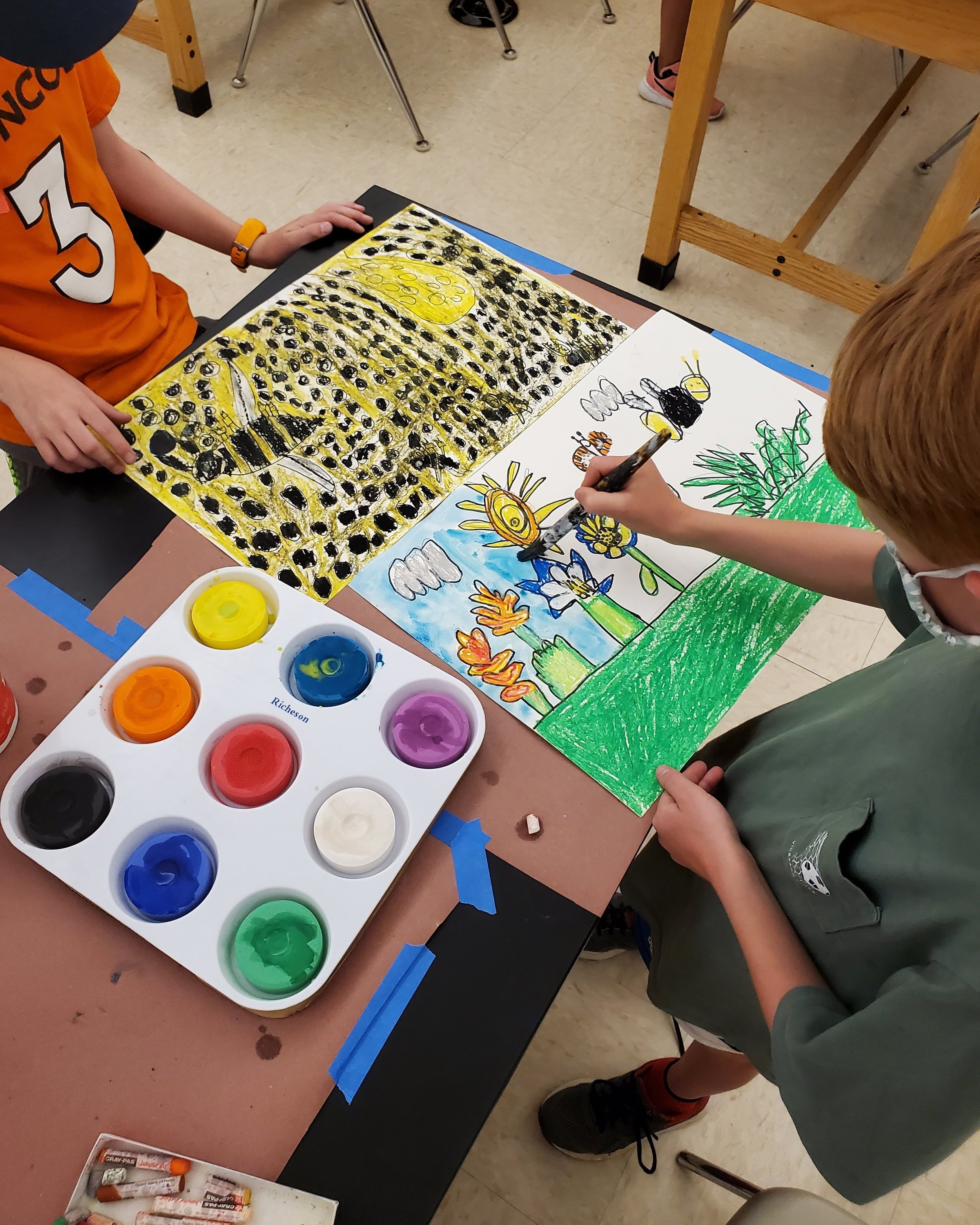
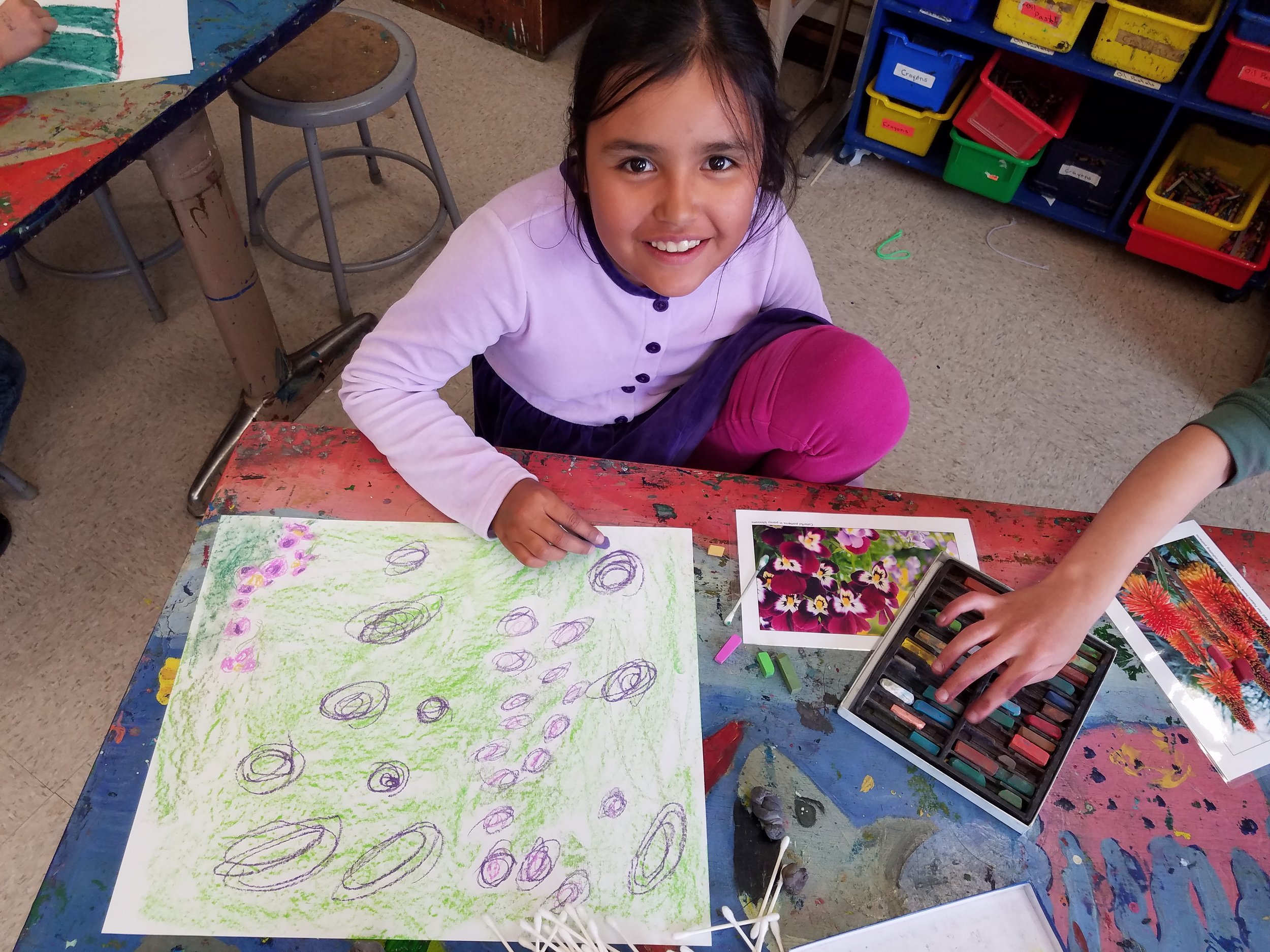
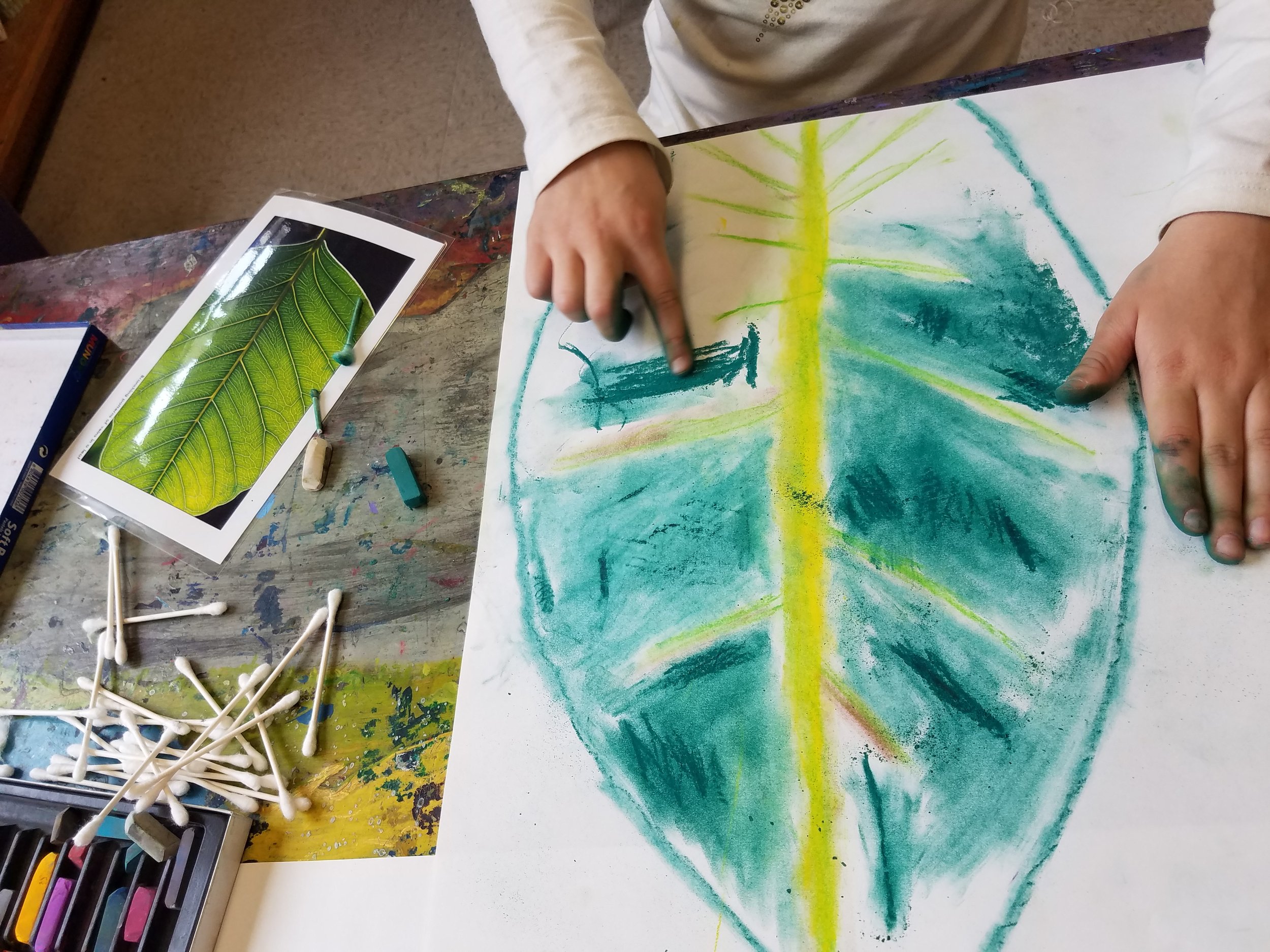
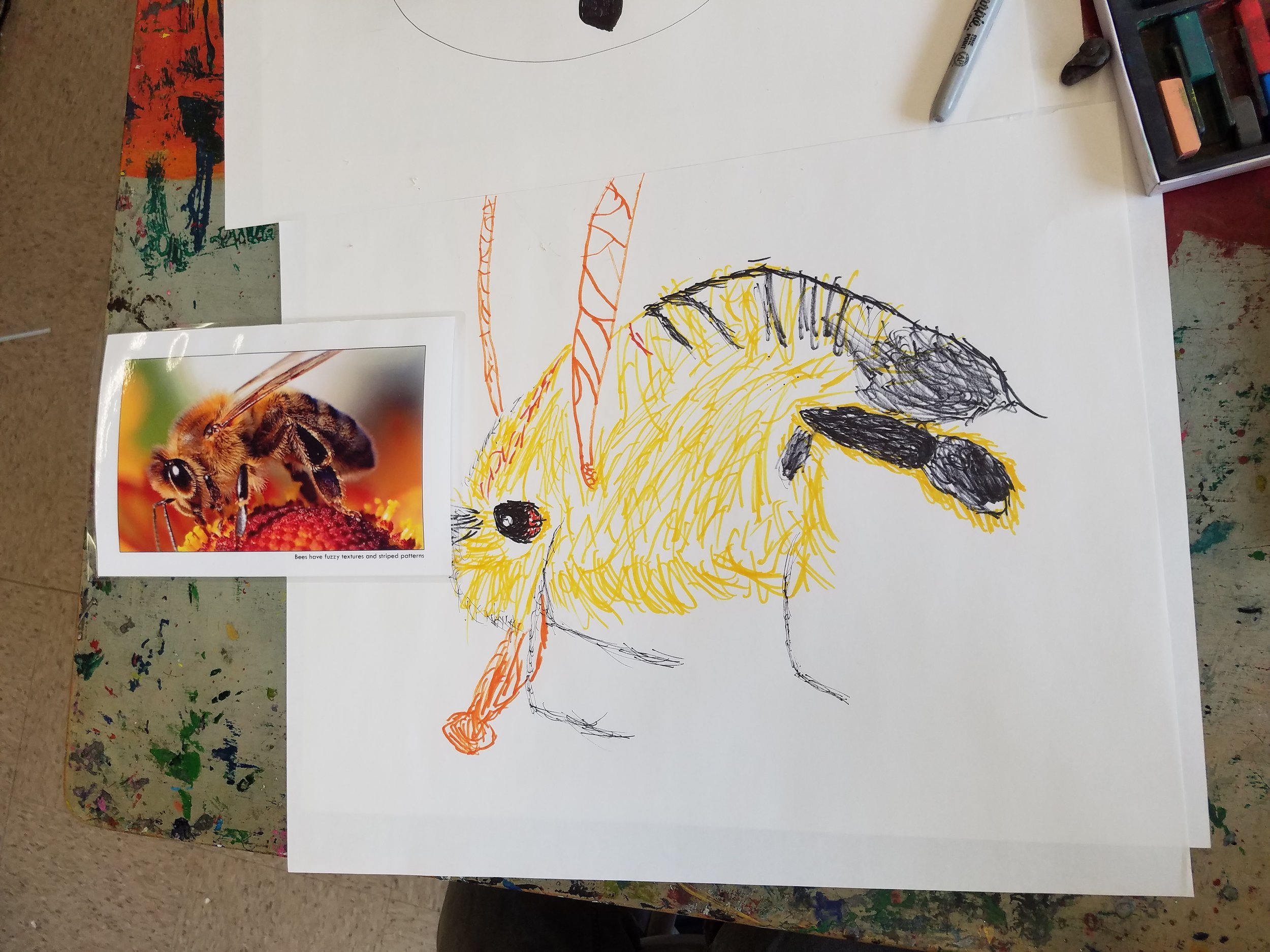
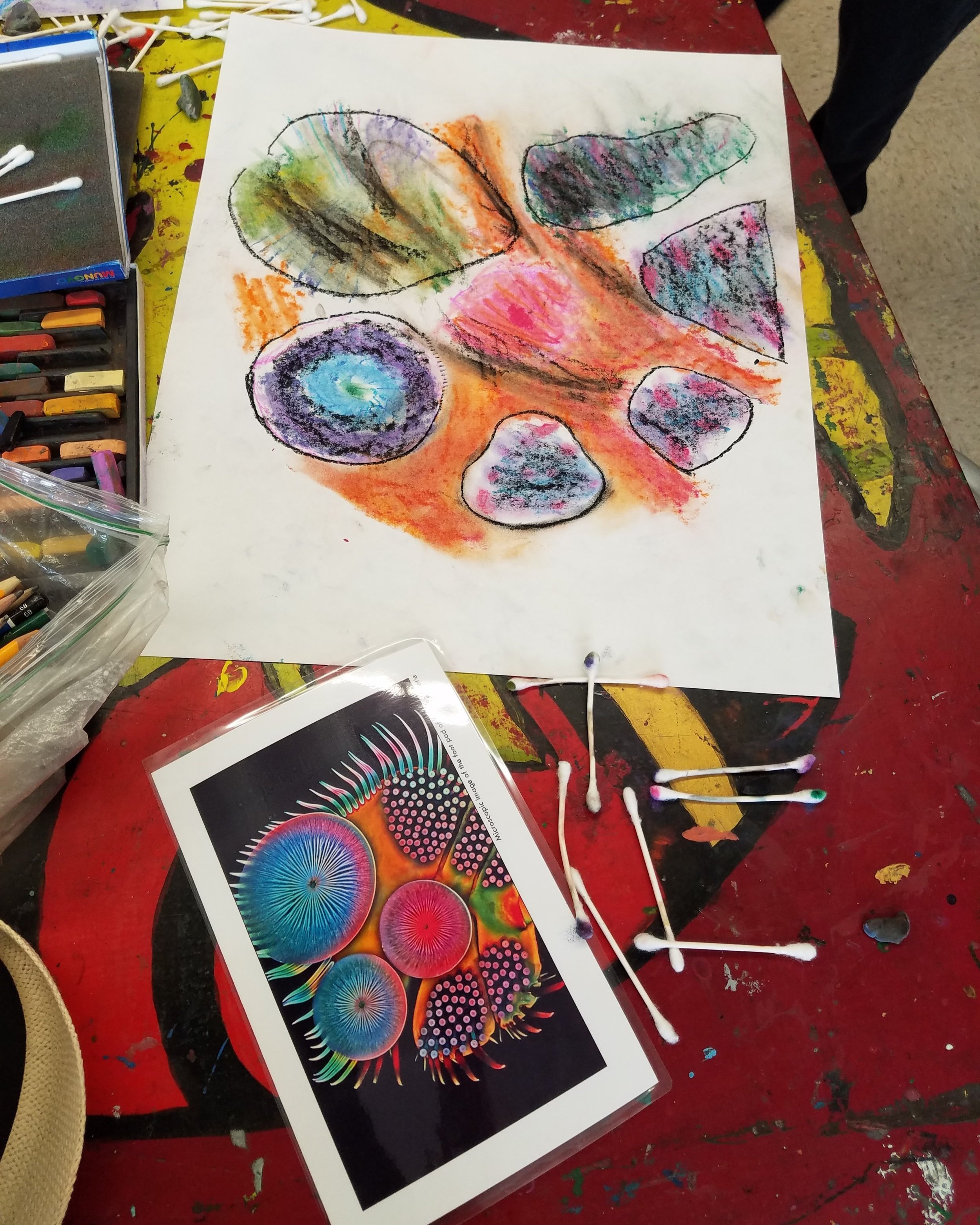
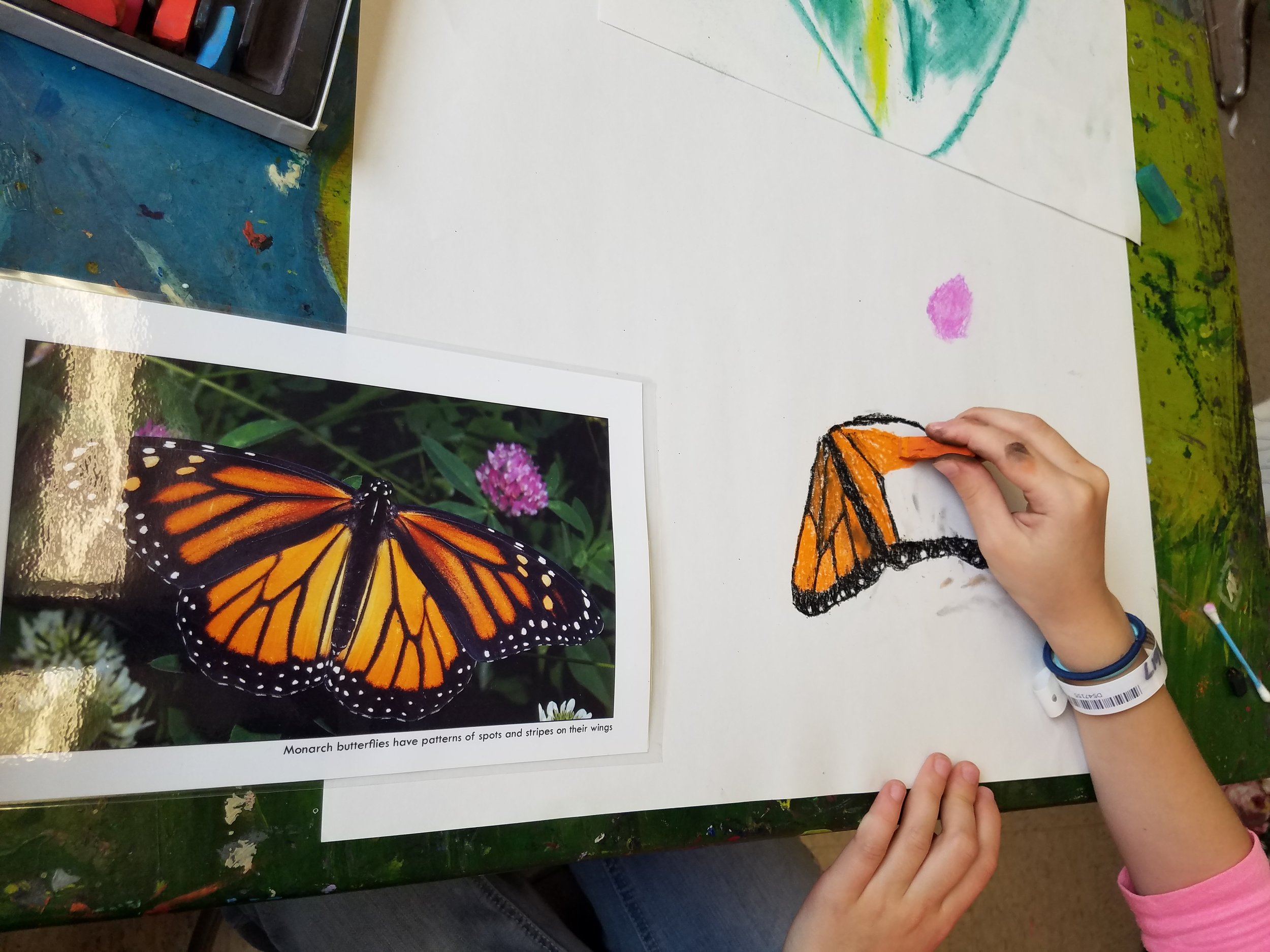
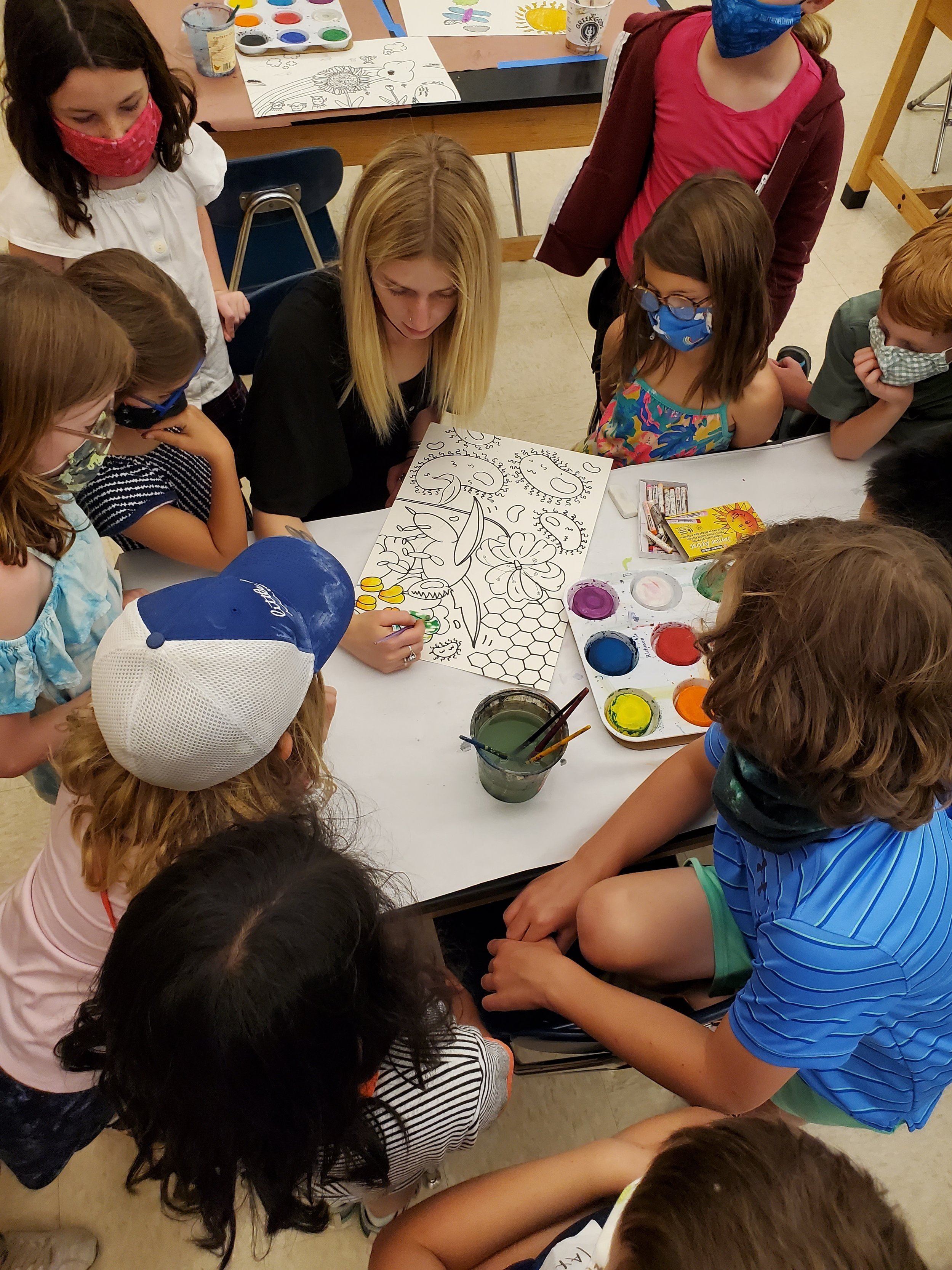
Overview
-
What can lines, shapes, colors and patterns tell us about flora and fauna? How do the visual attributes of life forms impact their survival? Art concepts - The Elements of Art and Principles of Design - are great tools for analyzing scientific images & specimens. Microscopic and close-up images allow us to take a “closer look” at nature. We can use simple visual tools as “clues” to better understand forms & adaptations.
Pattern is a Principle of Design and patterns are found throughout the natural world. This engaging STEAM activity encourages learners to identify patterns and art concepts as they explore and create. Drawing while investigating hones observational skills, encourages inquiry and sparks critical thinking.
-
Download the handouts, images and resources below. Print and laminate the inspiration images of your choice. You can also research your own images and collect real specimens.
Then watch the step-by-step slideshow instructions to implement this exciting program.
-
You can use any media for the art project. We love to use soft pastel and have included supply lists below.
You can also create with collage, oil pastel, painting, mixed-media, printmaking and even ceramics. Collect supplies based how you would like to implement the art project.
-
Explore our gallery of student work for inspiration. Be creative as you customize this program for your community.
-
Have a ball exploring and creating with your learners. You can also incorporate digital microscopes and magnifying glasses to take a closer look at specimens and images.
Planners, Templates & Handouts
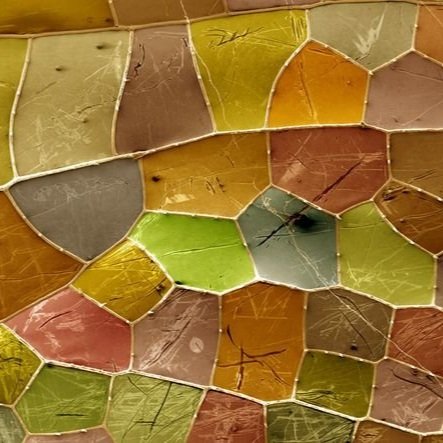
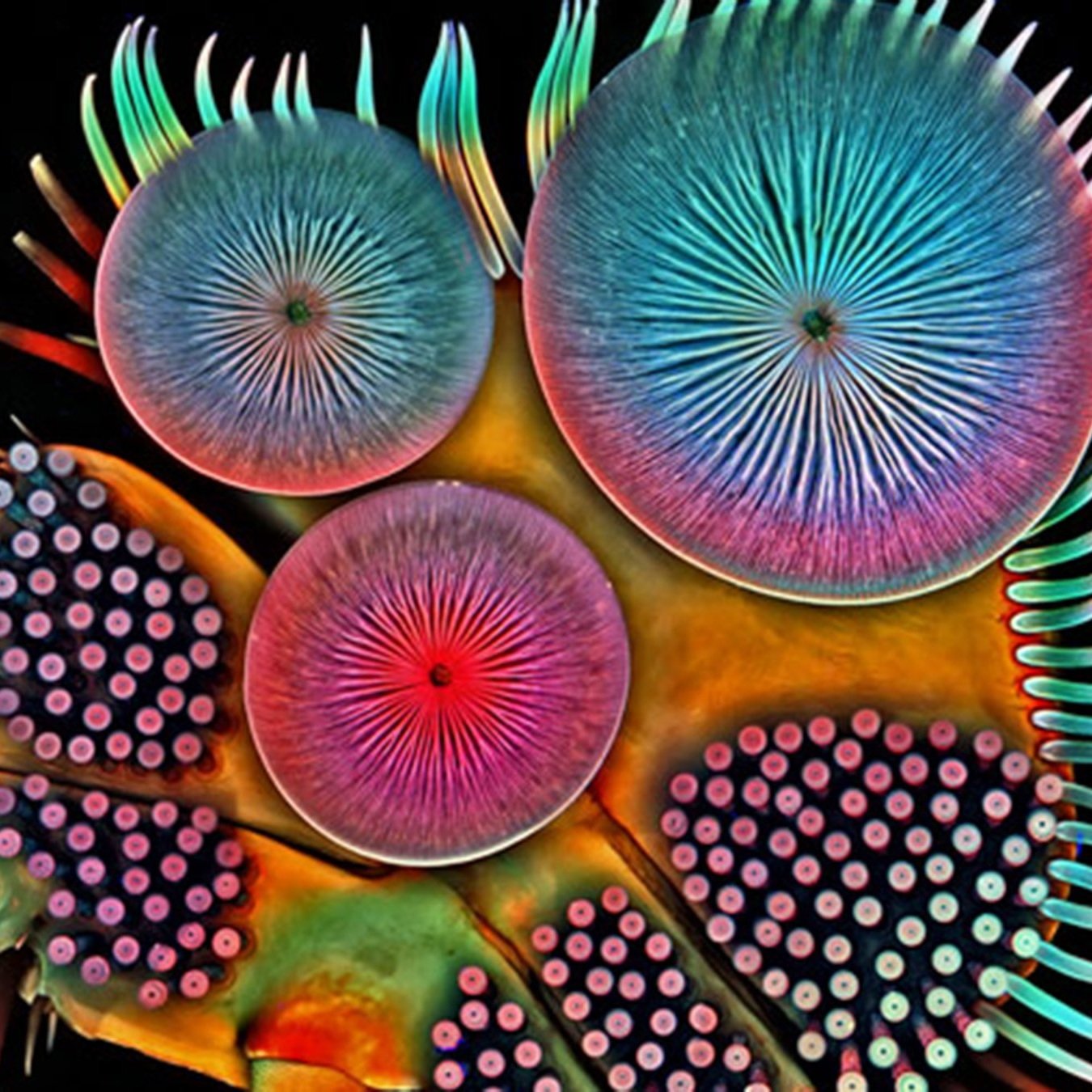

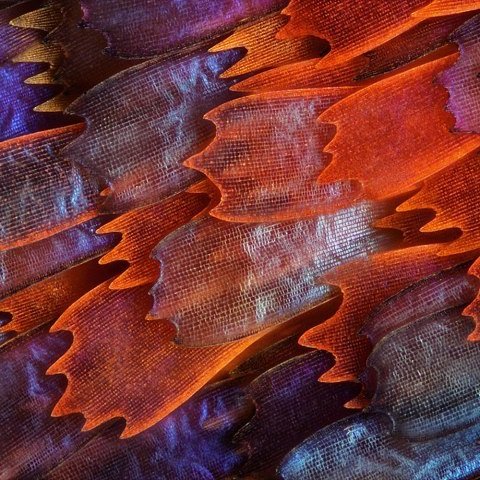
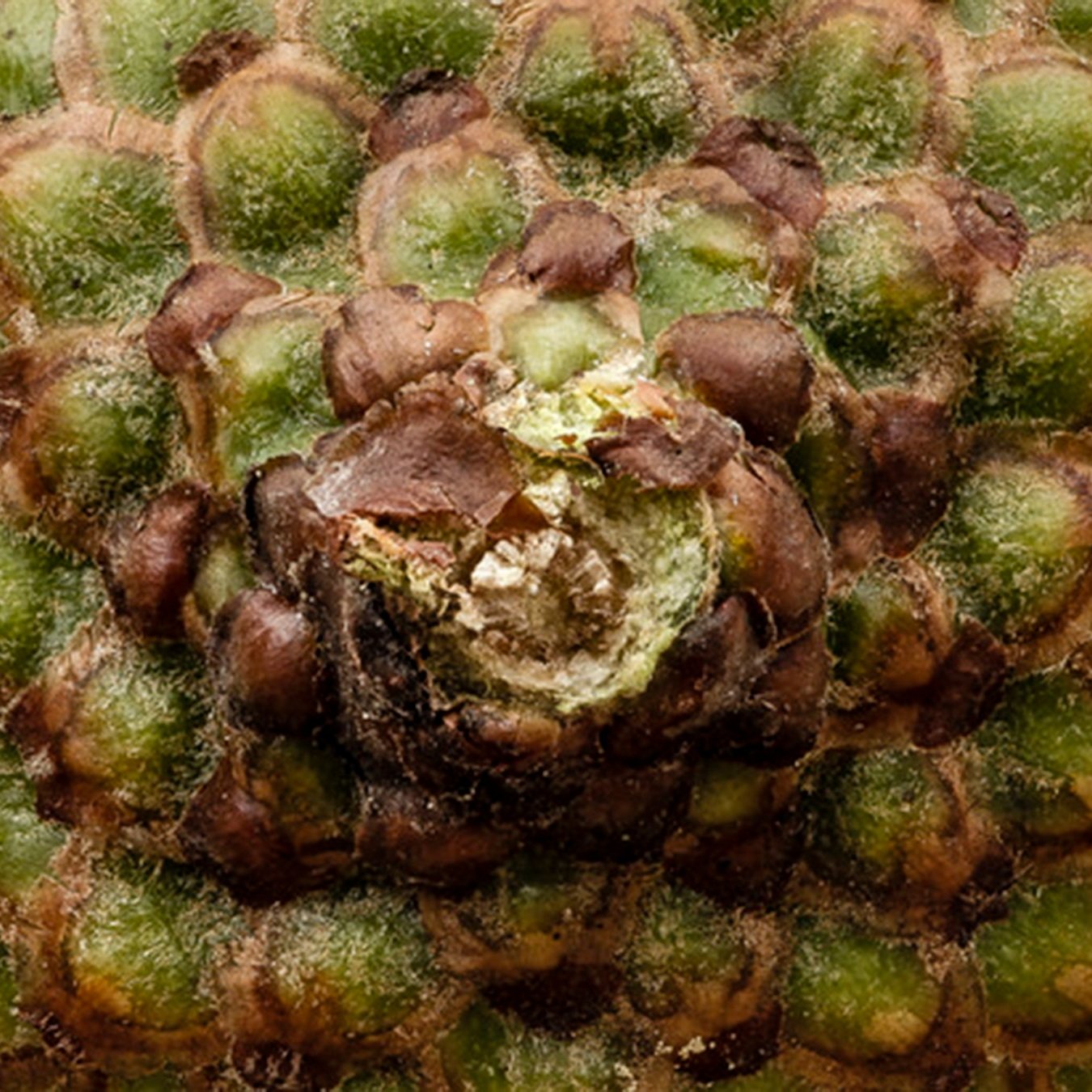
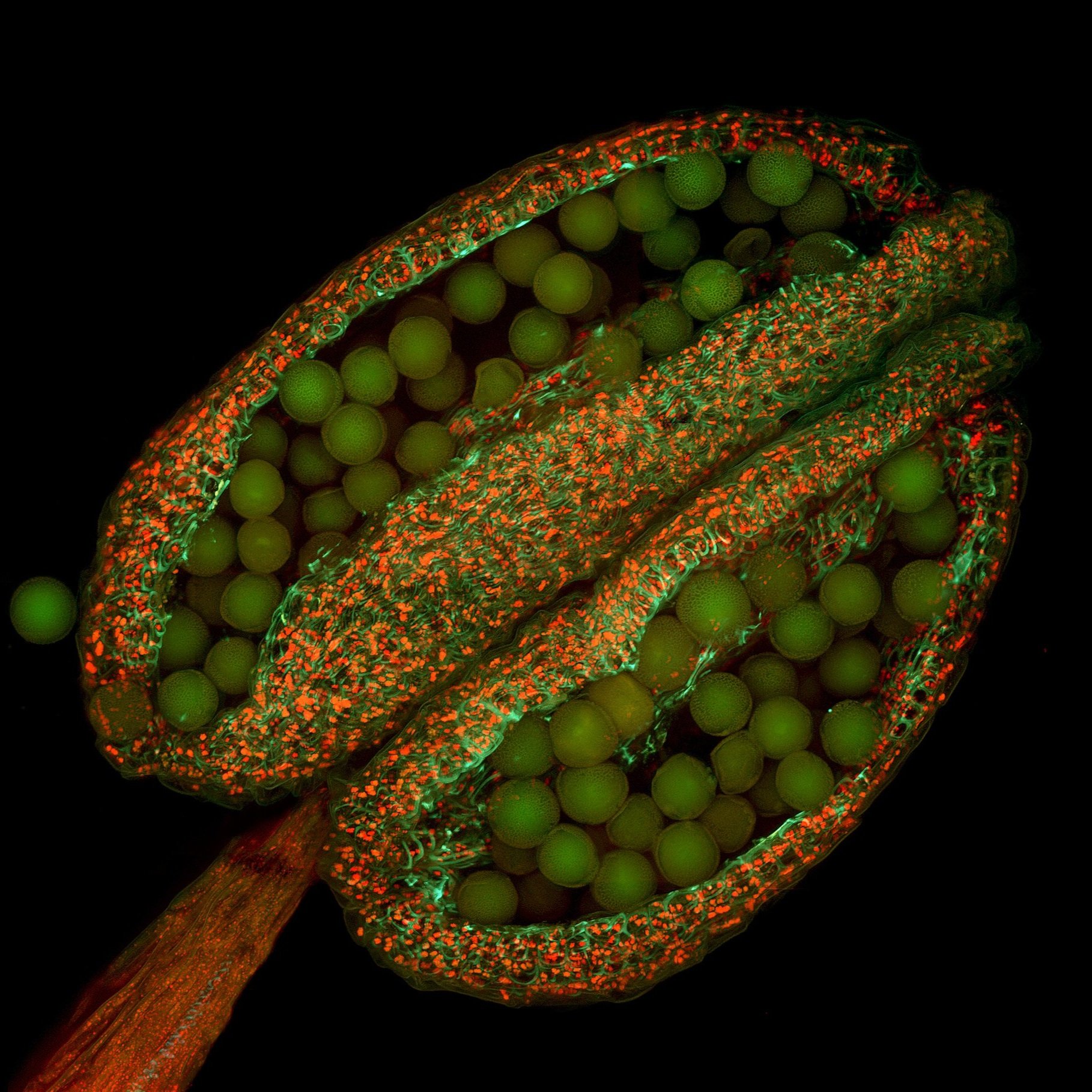
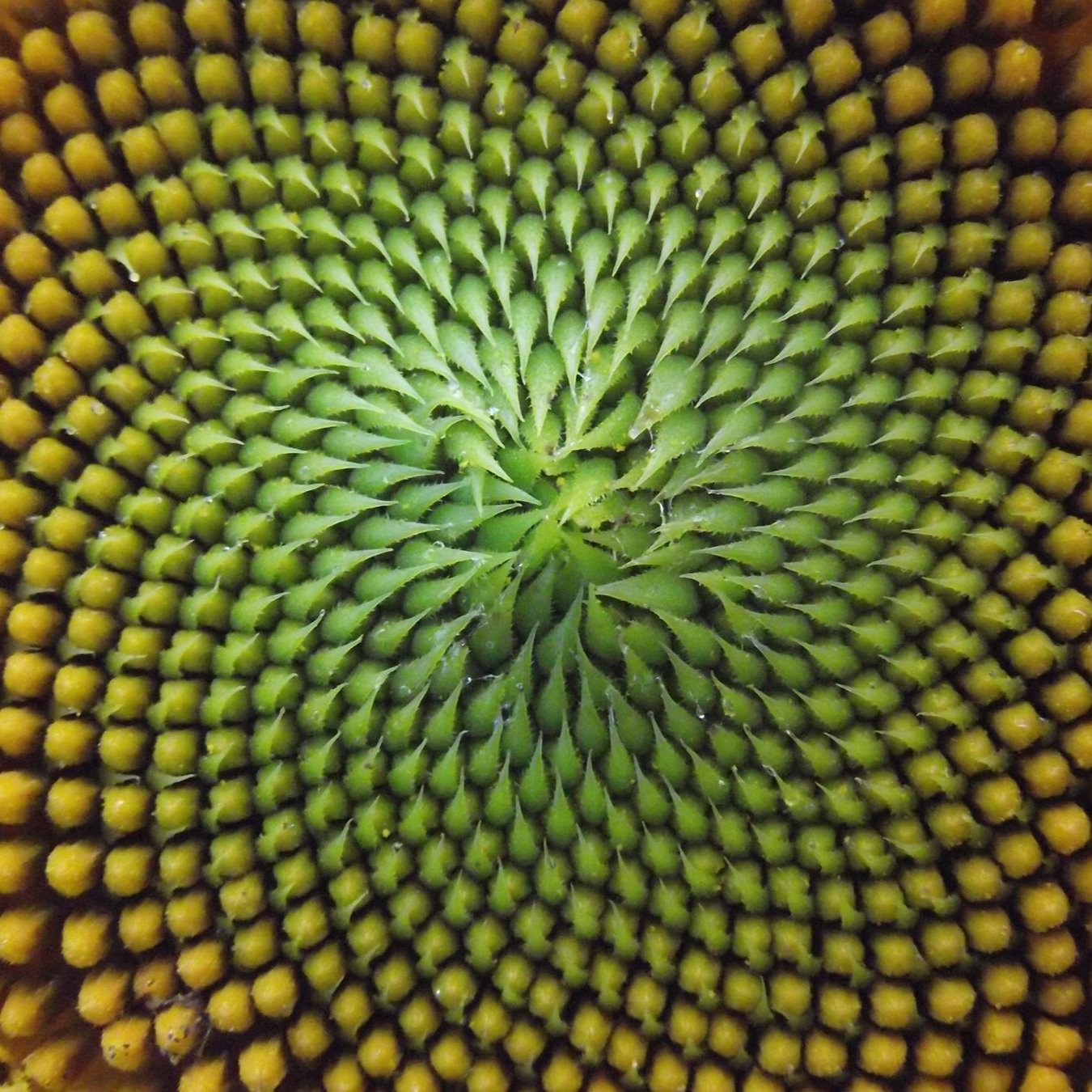
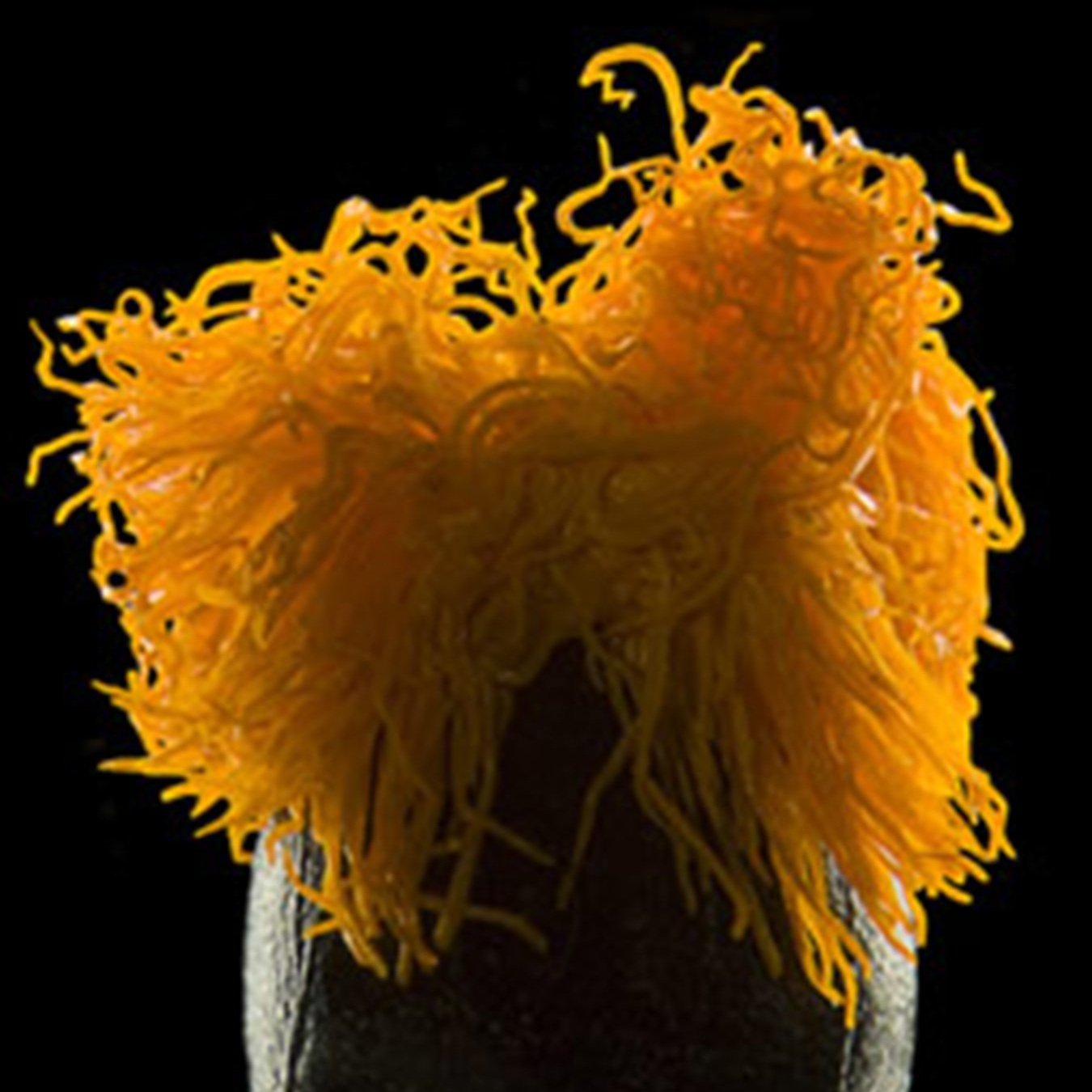
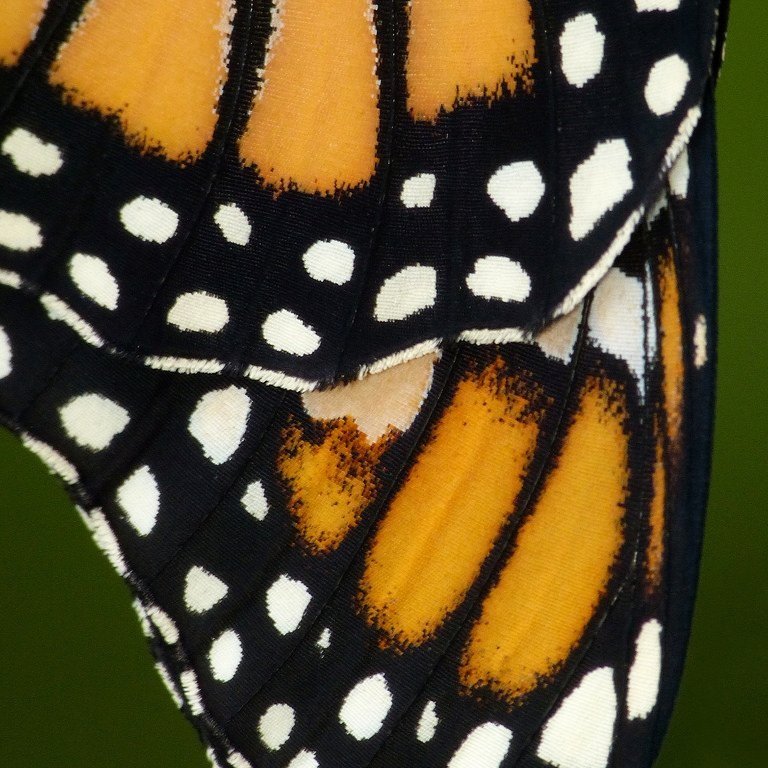
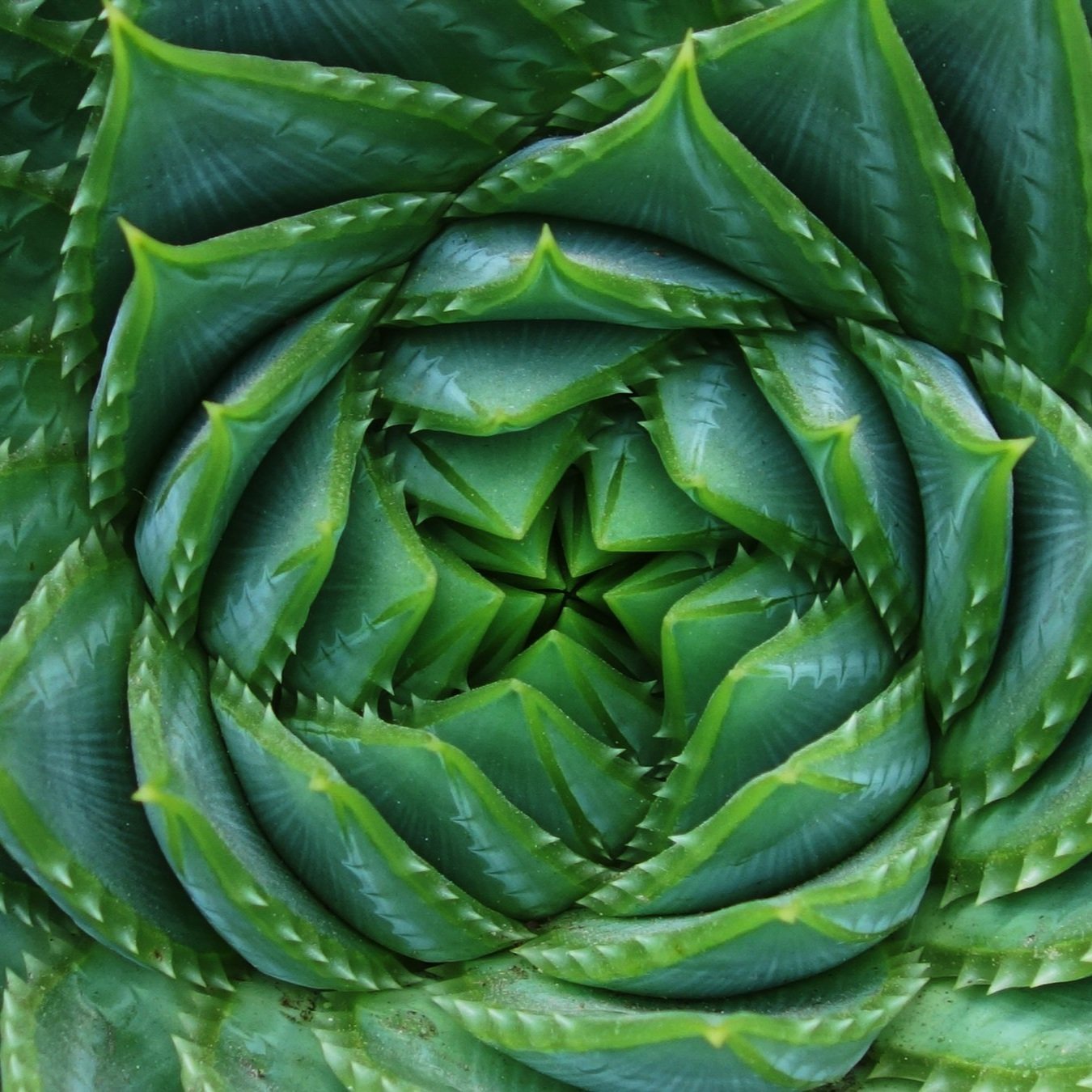
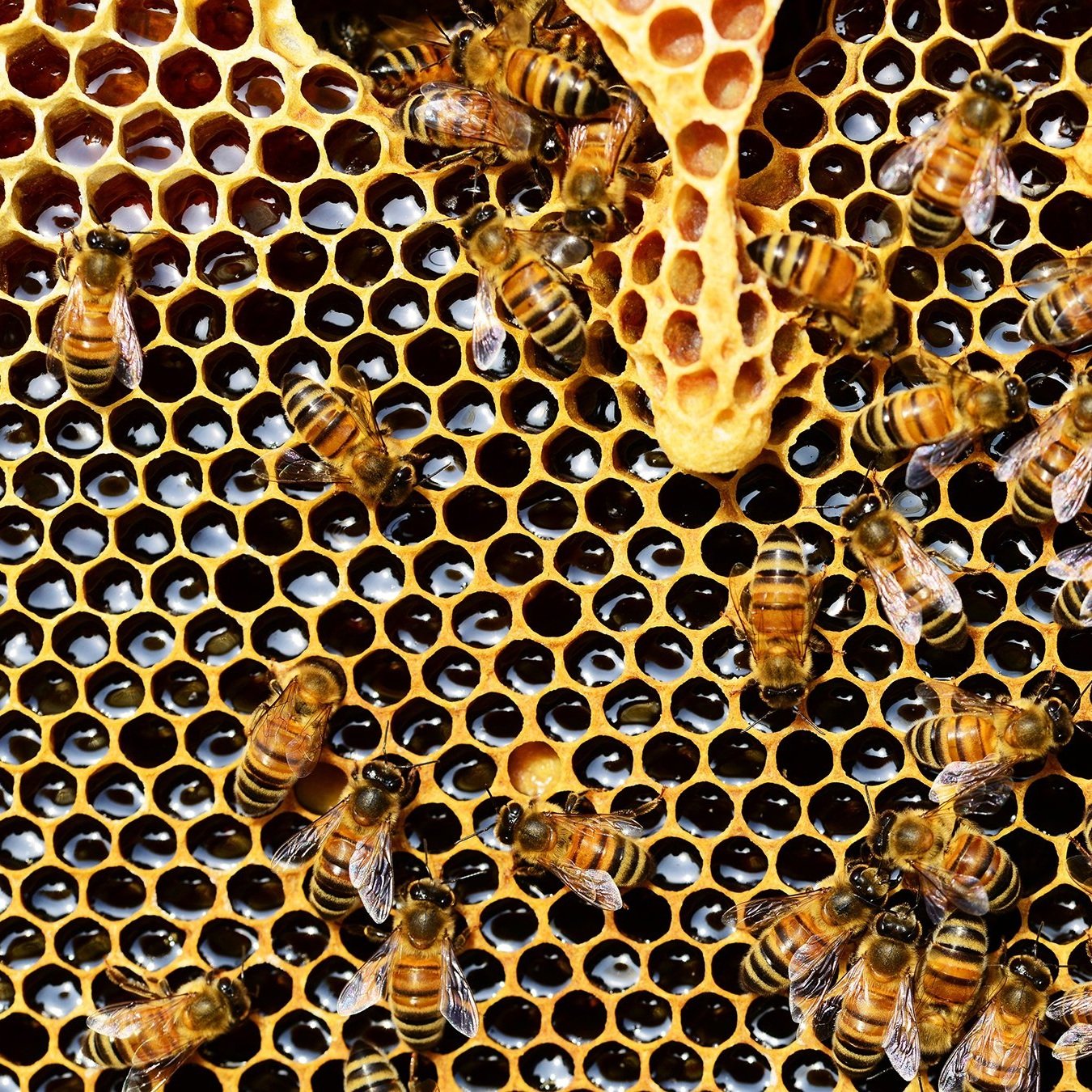
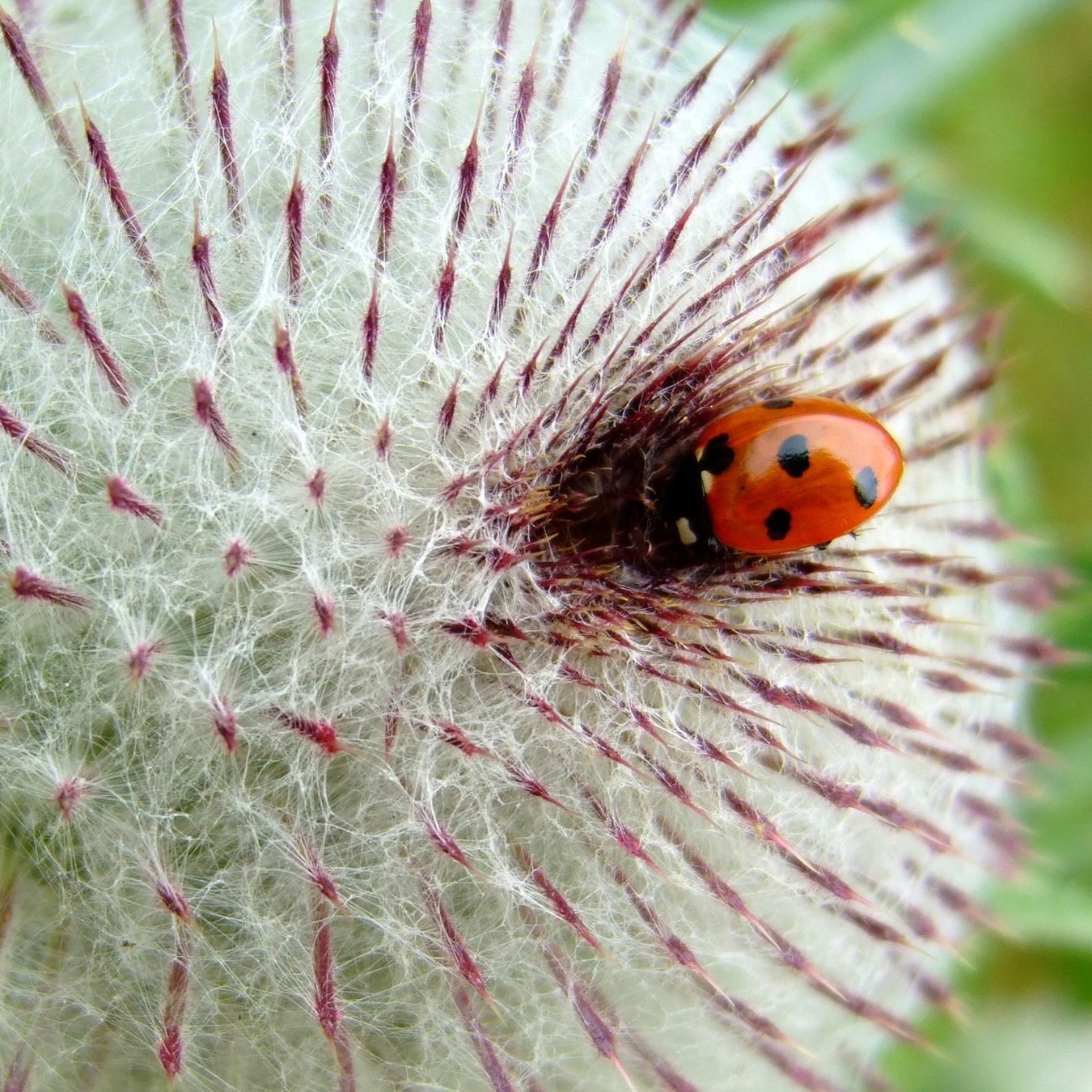
Get Resources
-
Download & print the inspiration images. Cut them in 1/2 and laminate. You can also research and collect your own images.
-
Download, print and laminate the handouts. Learners will connect patterns, art and design forms to images of plants, pollinators & pests.
-
You can use any art media to create with learners. We recommend soft pastels or cray-pas for younger students, You can also explore with painting, mixed-media, printmaking or collage. Here are some supply recommendations depending on your media of choice.
Inspiration Images (Print & Laminate)
Closer Look Handouts (Print & Laminate)
Collect Real Specimens (Optional)
Magnifying Glasses or Digital Microscopes (Optional)
Drawing Paper, Panels or Canvas
Drawing, Painting or Collage Media
Ceramic Tiles
-
This program can connect to many different content areas. It’s great for art, science & general education classrooms. You can adapt or expand your lesson to fit your classroom goals. And, take the opportunity to incorporate reading, research, science labs and/or writing activities. Here are some key guiding questions:
What life forms are common in nature? Explore plants, pollinators, fungi and pests.
What is the difference between flora and fauna?
What are the Elements of Art? Line, shape, form, color, value and texture. (See Art Concepts Handout)
What are the Principles of Design? Pattern, repetition, rhythm, scale/proportion, balance, unity and contrast. (See Art Concepts Handout)
What is a pattern?
What patterns do we commonly see in nature? (See Patterns In Nature Handout)
How can the Elements of Art and Principles of Design help us observe and identify natural forms?
How do the visual attributes of life forms impact their survival? Provide camouflage, attract pollinators, transport water, deter pests, etc.
What are geometric vs. organic patterns and forms.
Slideshow Instructions
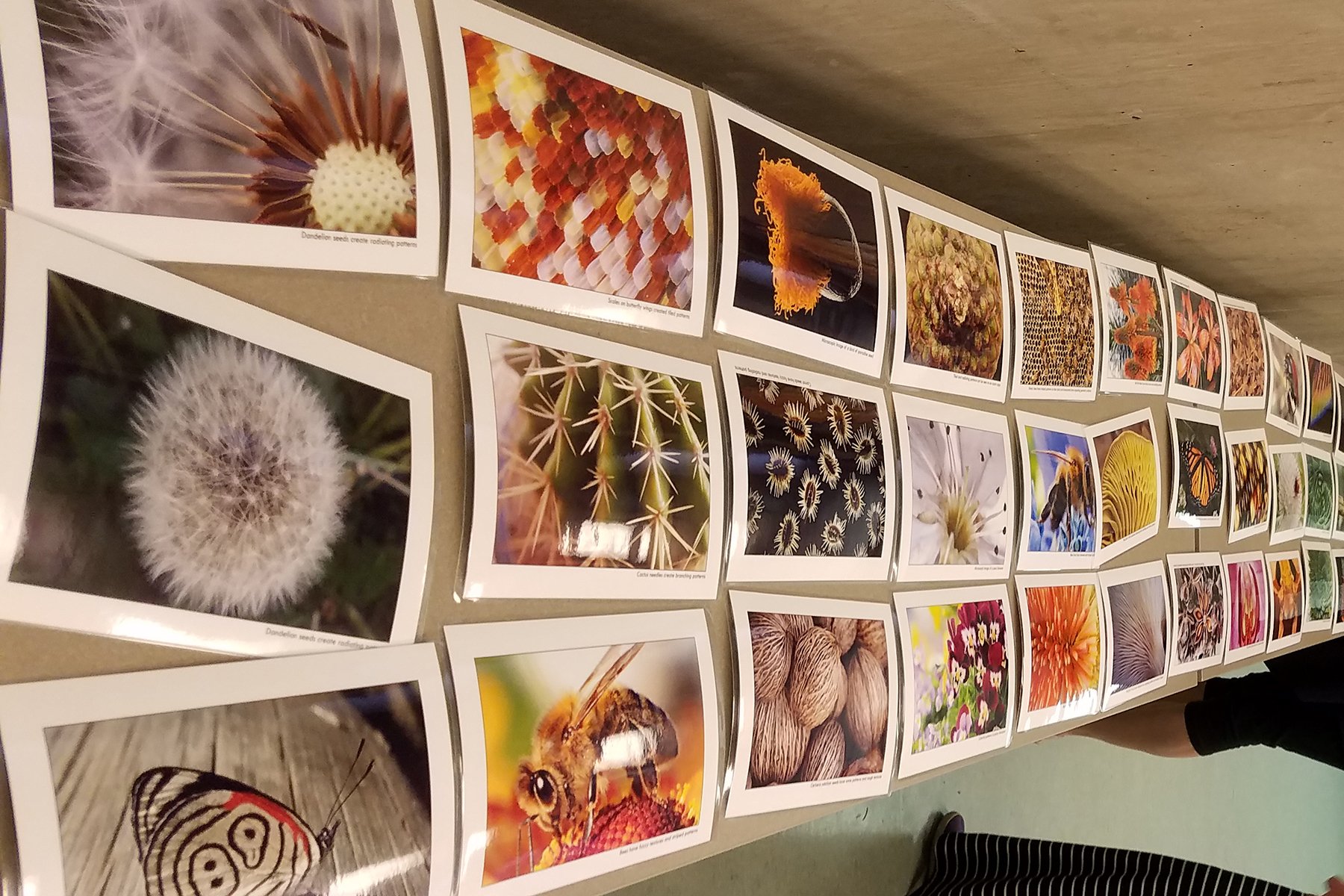
Download, print and laminate the Inspiration Images. These include microscopic and close-up images of flora & fauna.
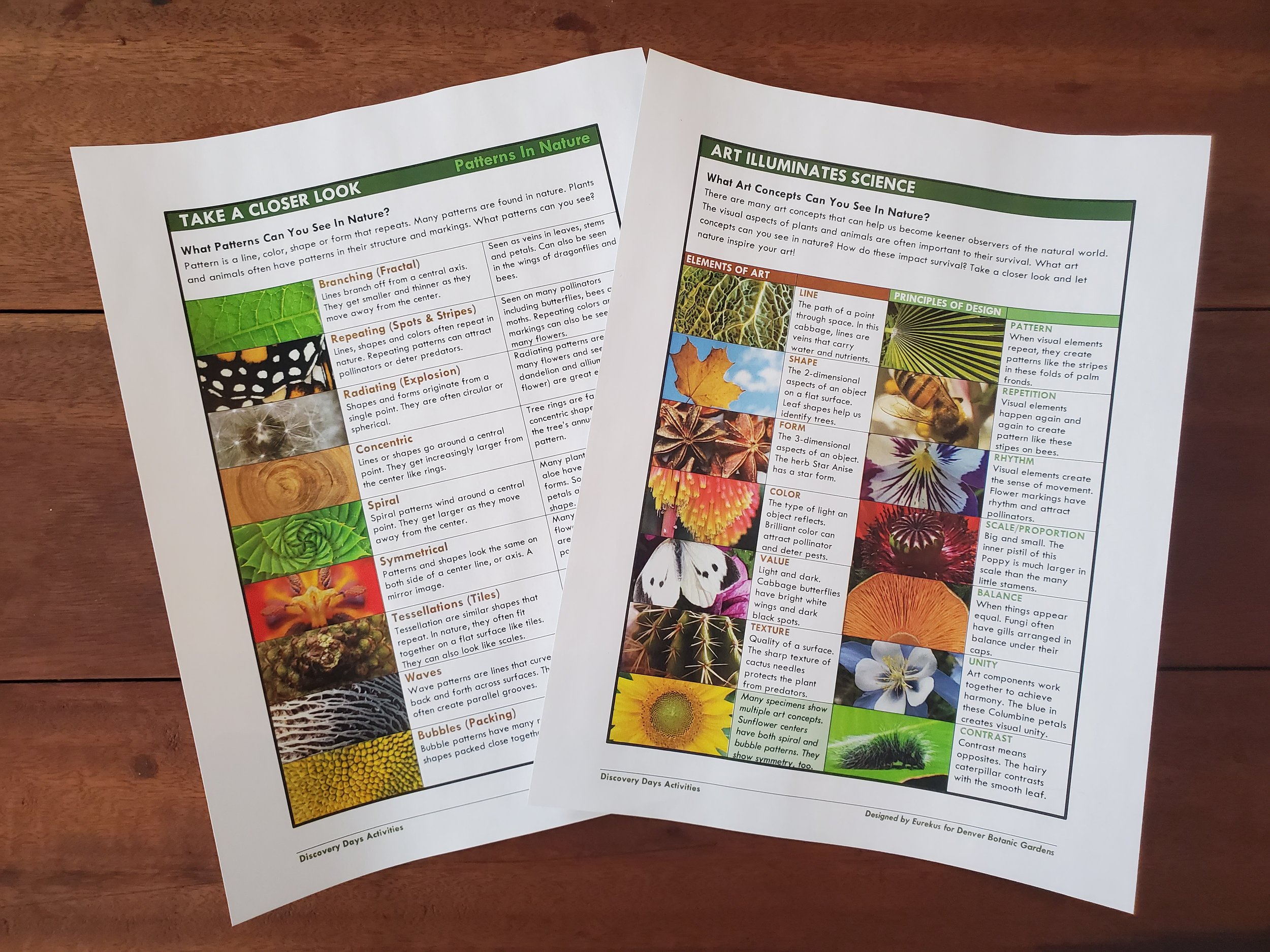
Download and print the handouts. They include Pattern Forms, the Elements of Art & the Principles of Design. You can laminate these as well.
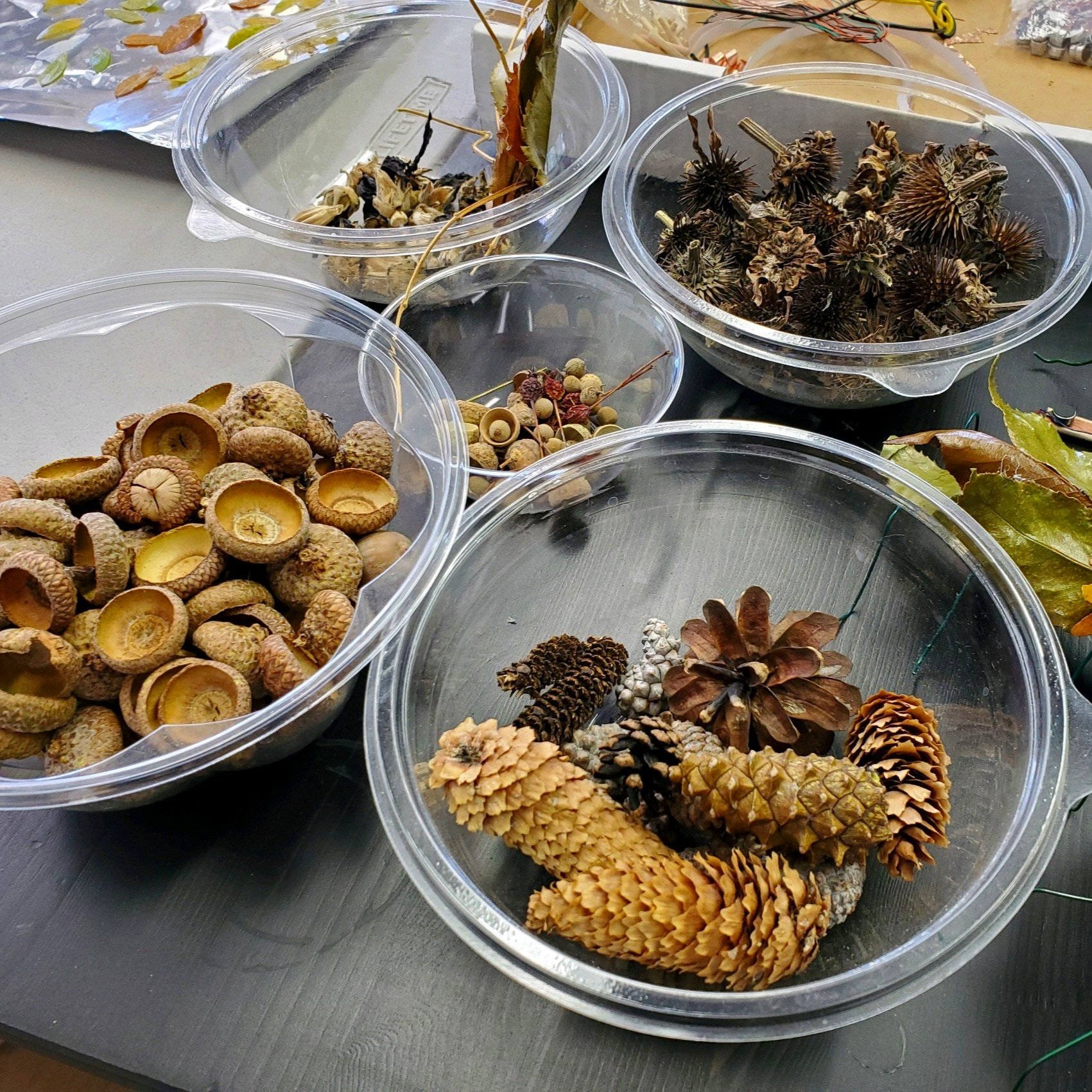
You can also go on a nature walk and collect class specimens ~ flowers, leaves, seeds, bugs, etc. This program integrates fantastically with an investigation of plants, pollinators & pests.
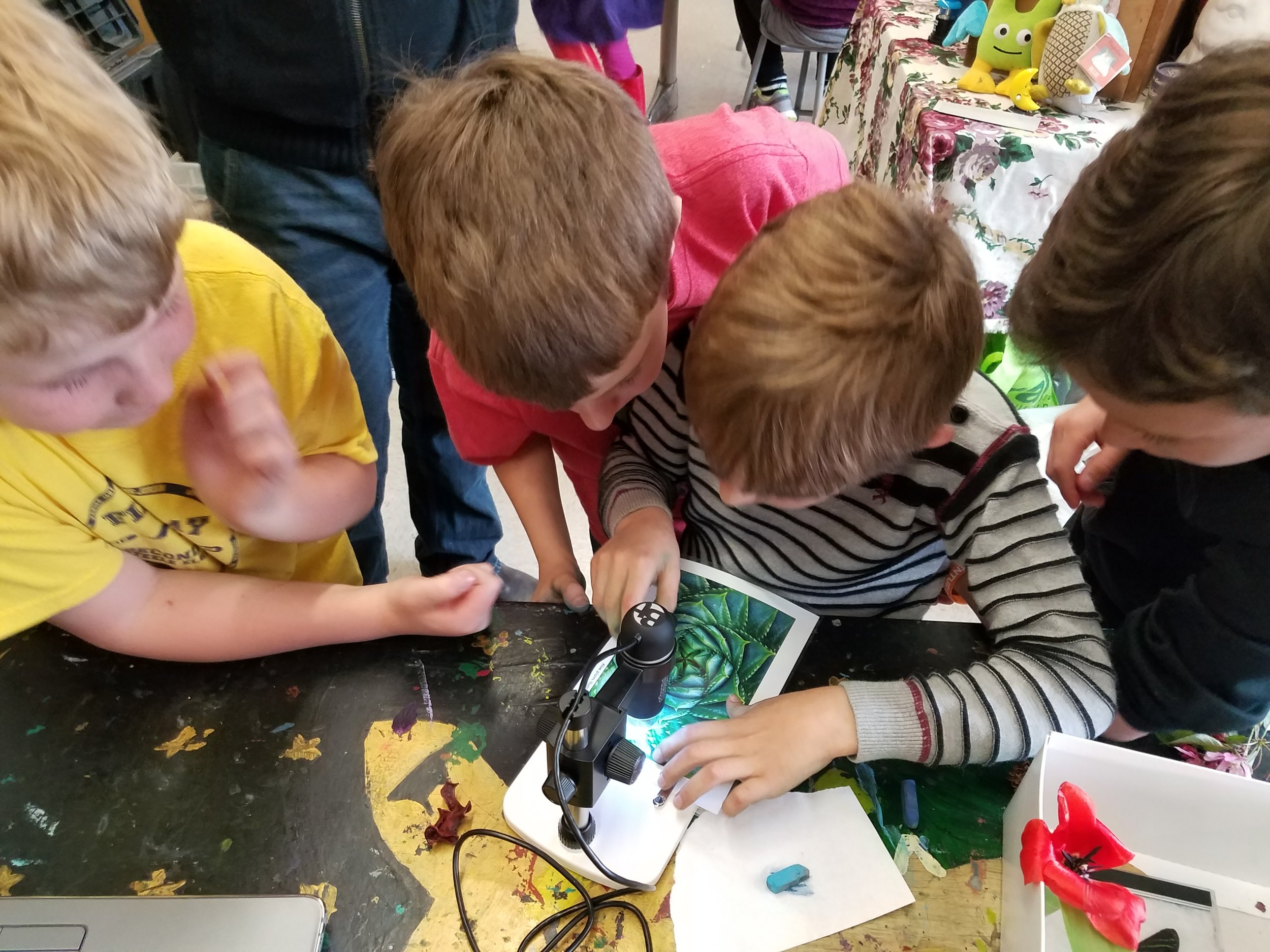
Ask students to take a close look at their images or specimens. Prompt them to identify patterns, visual art and design elements through close observations. Use our Key Questions to guide deep exploration & discussion.
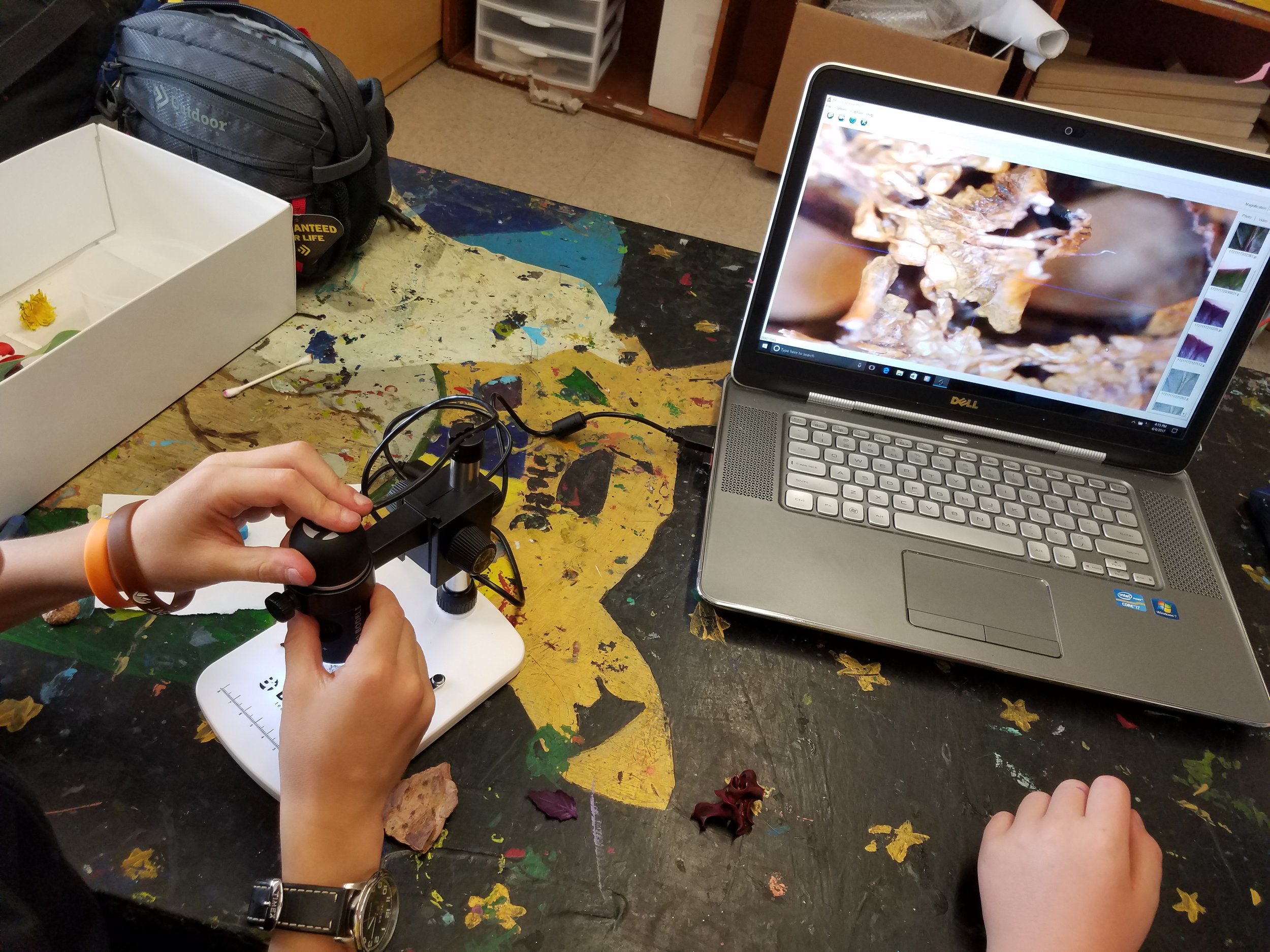
You can also use magnifying glasses and digital microscopes. Kid love observing with these tools. The closer you look, the more you can discover!

Have learners choose an Inspiration Image to spark their art making. You can also research and download your own images and integrate with a special theme ~ garden plants, insects, rainforest creatures, desert ecology, etc.

Have students create a piece of art inspired by their image or physical specimen. The creative process greatly enhances and hones observational skills.
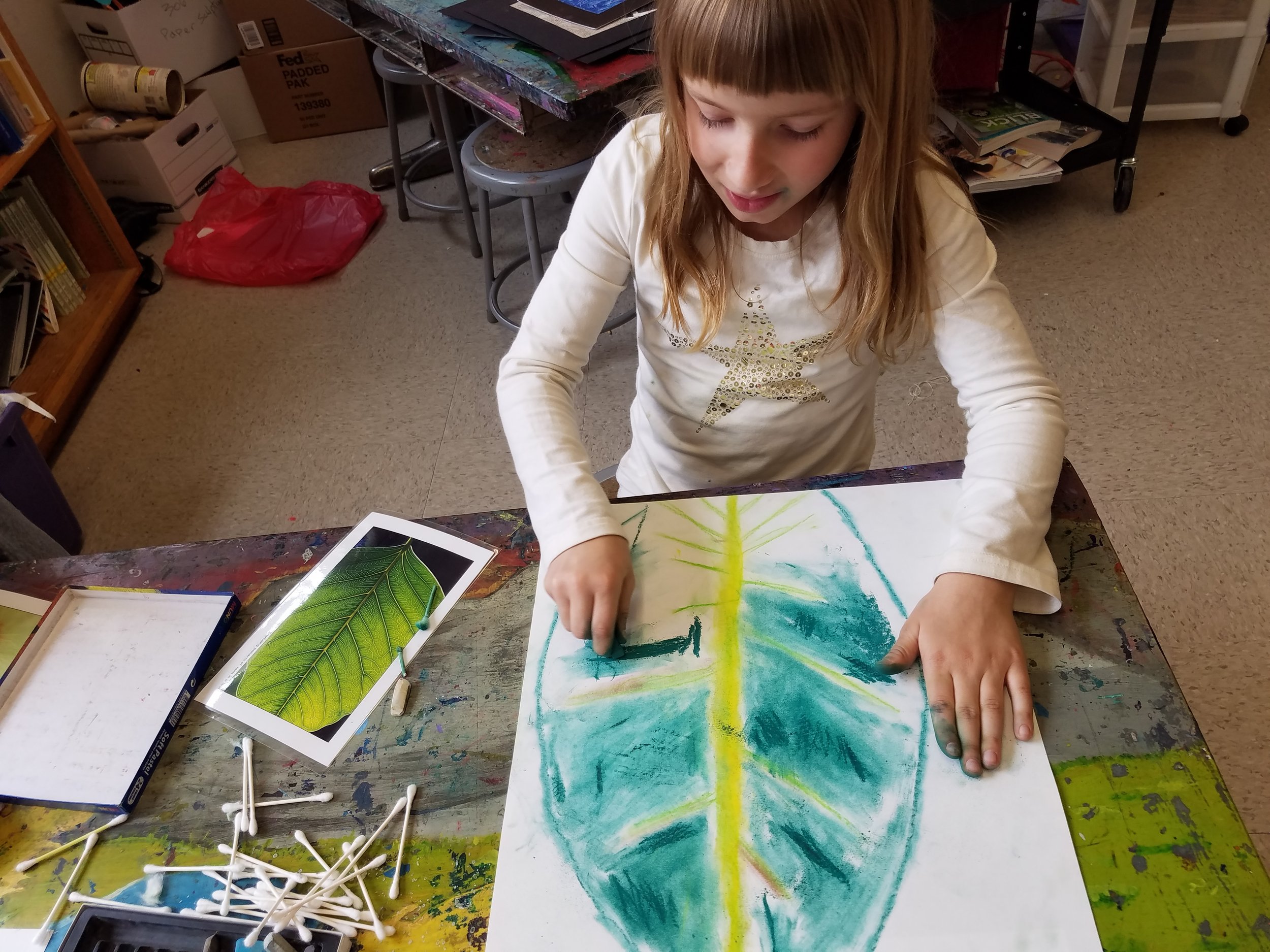
As they work, ask students to analyze and identify patterns, art elements and design principles in their image. And, encourage them to synthesize their discoveries in their creation.

What do they see in terms of patterns, lines, shapes, colors, etc.

Have students also think about how these elements might be important adaptations for survival. Do they provide camouflage, attract pollinators or mates?
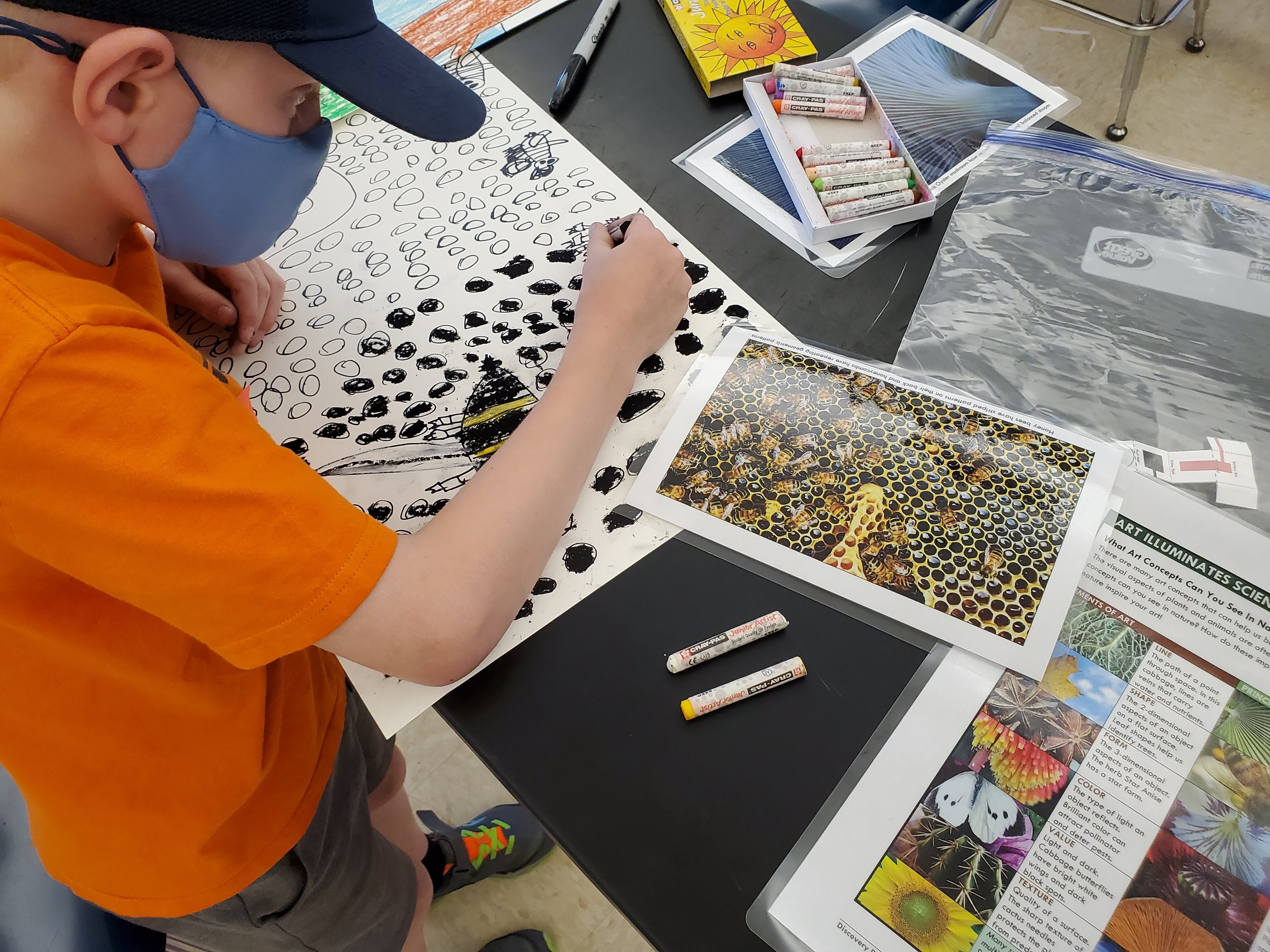
As students work, they naturally dive deeper to ask more questions, expand ideas and make connections.

They also often develop their own stories about the works they create.
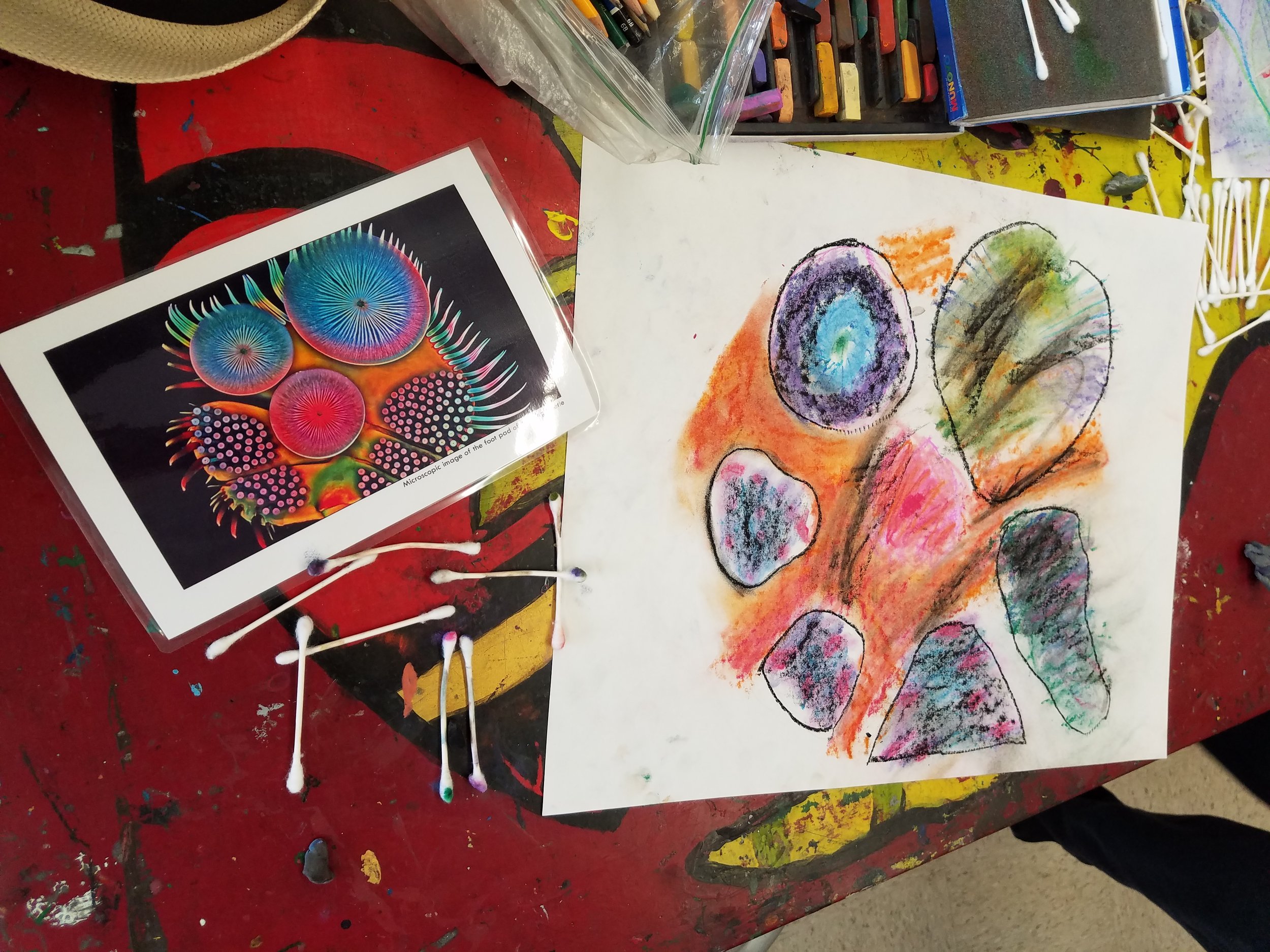
Make sure to take time to share their work and ideas. And, capture student stories & discoveries!
